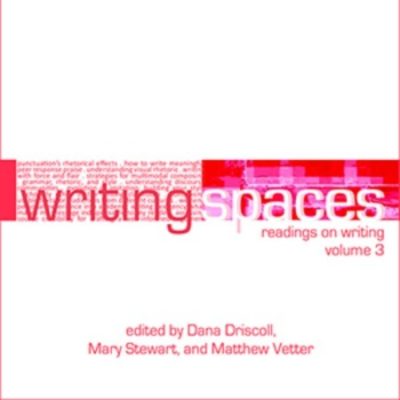6 Jenae Cohn’s Understanding Visual Rhetoric
Writing Spaces Volume 3
The article explains how visual rhetoric is used by writers to help audiences obtain a better grasp of the intentions and purposes found within them. The author introduces real-world examples such as food images and menus to outline the unconscious, yet effective way visual rhetoric impacts individuals through components such as lines, colors, shapes, sizes, spacing, values (“the lightness or darkness of a particular element”), and textures. Instructors can use the discussion questions and suggestions provided by the author to create an introduction to rhetoric in general. This will be beneficial for instructors who teach more complex visual forms, such as music videos, professional advertisements, and recorded speeches. Students will benefit from a simplified explanation that can translate into more academically appropriate content as it relates to both the visual and written form.
“A picture is often worth a thousand words because it implies so much and can give us a lot of information quickly. Seeing may not always be believing, but visual rhetoric can be a pretty powerful way to help people understand an idea differently than they may have otherwise. ”
MLA Citation Examples
Works Cited
Cohn, Jenae. “Understanding Visual Rhetoric.” Writing Spaces: Readings on Writing Volume 3, edited by Dana Driscoll, Mary Stewart, and Matthew Vetter, Parlor Press, 2020, pp. 45-58.
In-text citation
“A picture is often worth a thousand words because it implies so much and can give us a lot of information quickly. Seeing may not always be believing, but visual rhetoric can be a pretty powerful way to help people understand an idea differently than they may have otherwise” (35).
APA Citation Examples
References
Cohn, J. (2020). Understanding visual rhetoric. In Dana Driscoll, Mary Stewart, and Matthew Vetter (Eds.), Writing Spaces: Readings on Writing, vol. 3 (pp. 18-39). New York: Parlor Press.
In-text citation
“A picture is often worth a thousand words because it implies so much and can give us a lot of information quickly. Seeing may not always be believing, but visual rhetoric can be a pretty powerful way to help people understand an idea differently than they may have otherwise ” (p. 35).
Chicago Citation Examples
Bibliography
Cohn, Jenae. “Understanding Visual Rhetoric,” in Writing Spaces: Reading on Writing Volume 3, ed. Dana Driscoll, Mary Stewart, and Matthew Vetter, (New York: Parlor Press, 2020), 18-39.
In-text citation
“A picture is often worth a thousand words because it implies so much and can give us a lot of information quickly. Seeing may not always be believing, but visual rhetoric can be a pretty powerful way to help people understand an idea differently than they may have otherwise ” (Carroll, 2010, 47).


